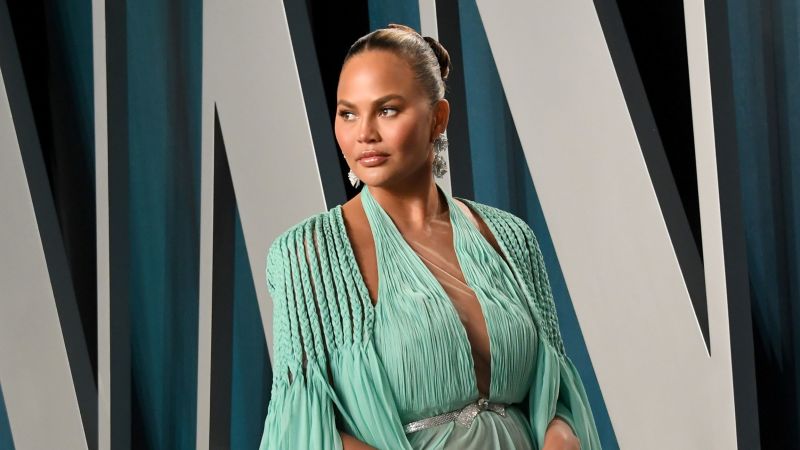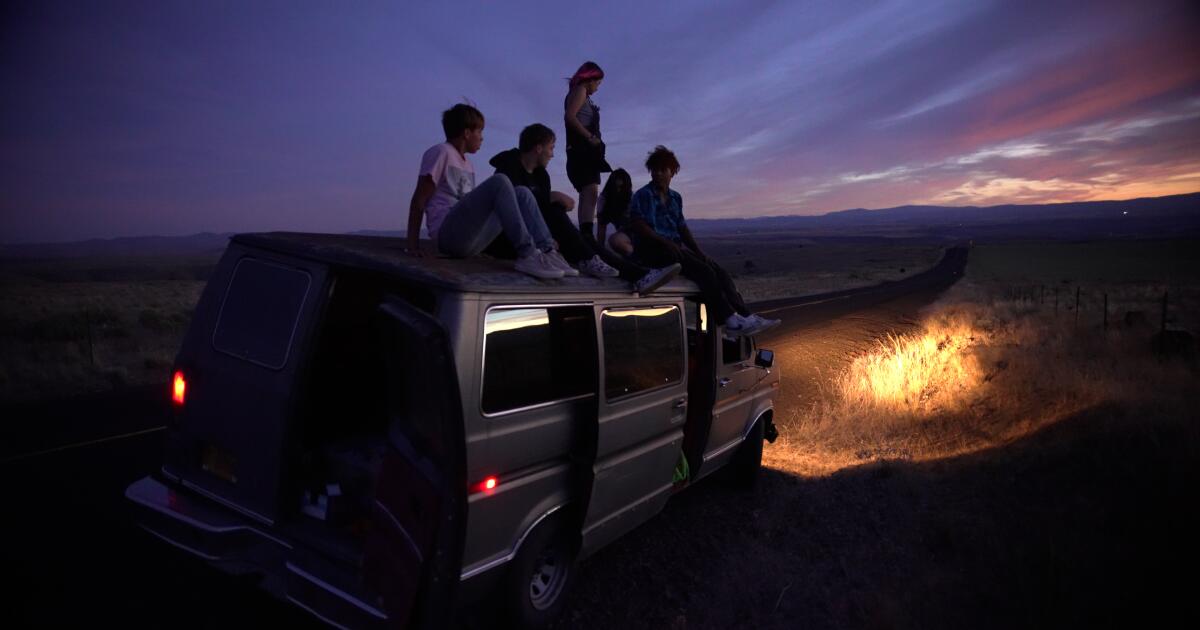Advertising executives who entered Radio City Music Hall on Monday for NBCUniversal’s upfront presentation were greeted by an orchestra playing the familiar themes of the network’s landmark shows, such as “Law & Order” and “NBC Nightly News.”
It was a nod to broadcasting’s rich history, which for the rest of the week would be relegated to the distant past.
Streaming video now makes up 37% of U.S. television viewing, better than either broadcast or cable TV, according to Nielsen data. The May presentations by media companies, meant to entice advertising sales commitments for the 2024-25 TV season, reflected the shift, with Amazon’s Prime Video and Netflix joining the in-person annual festivities for the first time.
Ad buyers had to leave their ride shares and walk down FDR Drive on Manhattan’s Lower East Side to join the overflow crowd gathered for Amazon’s presentation, which opened with a performance by Alicia Keys, followed by appearances from Will Ferrell, Reese Witherspoon and Jake Gyllenhaal.
Across town, Netflix exhibits re-created sets from “Bridgerton,” “Squid Game” and “Wednesday.” At its reception, the streamer served food from chefs featured on its cooking shows.
Competitors did not let Netflix slide on the reversal of its original opposition to running ads with its programming.
“Remember when Netflix thought they were above all this?” ABC late-night host Jimmy Kimmel asked in his annual monologue at the Walt Disney Co.’s presentation at the Javits Center. “They came in, destroyed commercial television and now, guess what they want to sell you? Commercials on television.”
But the cow is out of the barn. Here are some of the highlights of the week.
Amazon Prime time
The addition of an advertising tier to Prime Video could be the most significant change to the TV ad marketplace since streaming emerged. The company said Prime’s ad-supported service reaches 115 million viewers a month in the U.S.
“By introducing ads on Prime Video, we’ve created the largest ad-supported premium streaming service in the world,” said Alan Moss, vice president of global ad sales for Amazon.
One senior media company executive who attended the event calculated that if Amazon were to sell out commercial inventory across its platforms, which include its free ad-supported channel Freevee, it would take in $6 billion. That would probably take a chunk out of traditional TV, which took in around $19 billion in last year’s upfront market, according to research firm Media Dynamics. Streaming services attracted around $8.3 billion.
Media buyers say one possible risk is that adding so much commercial inventory to the marketplace could depress pricing.
The addition of Netflix’s commercials will have less of an impact, as the number of U.S. subscribers for its ad tier is estimated between 10 million and 13 million, although that is expected to grow steadily. The company said 40% of new sign-ups are choosing the lower-priced ad tier.
But even with Netflix’s smaller footprint, advertisers are eager to buy title sponsorships, in which brand names can be placed adjacent to the streamer’s most popular shows.
Live sports rule
The NFL and other major sports properties have become the last reliable way for advertisers to reach large audiences on traditional TV, so it’s not surprising they were given more attention at the upfronts.
Fox trotted out legendary quarterback Tom Brady, who will join the network’s play-by-play booth for football coverage. Retired Philadelphia Eagles center Jason Kelce bounded onto the stage at Disney’s affair to announce he is joining ESPN’s “Monday Night Football” as an analyst. Shaquille O’Neal got laughs at Warner Bros. Discovery’s event, where executives said they hope to retain NBA rights for cable network TNT as NBCUniversal makes a strong play. NBCUniversal has the backdrop of Paris for the Summer Olympics.
But the incursion of tech companies into live sports is in full swing. Netflix, which has long been cautious about competing for pricey sports rights, landed two Christmas Day NFL games for 2024 and has the rights to at least one a year in 2025 and 2026.
Netflix has maintained that it does not want to get into the bidding wars for sports media rights. But the company was willing to pay $150 million for the two games because of the promotional platform it will provide for World Wrestling Entertainment, which joins the streamer next year, and other new shows, including a series from producer Kevin Williamson and one starring Ted Danson.
The NFL’s willingness to make a deal with the service is rooted in the league’s desire to get its games in front of younger viewers who are not watching traditional TV, where the bulk of its contests air. The median age for Netflix viewers is 37, and 60% are described as cord-cutters.
Ready, aim, target
The upfronts were once the place where networks promoted their dominance in the ratings, especially in the 18-to-49 demographic that was long the sweet spot for advertisers.
But the overriding message this week was the ability of streaming services and their technology to get content in front of specific consumers.
“While reach is ever-important, the business is more and more focused on connecting to the right customer in the right way,” said Ric Prentiss, an analyst for Raymond James.
Nearly every company prominently featured streaming efforts in their presentations. But Disney, Comcast and Fox reminded ad buyers that they can still deliver audiences on traditional TV.
Walt Disney Co. Chief Executive Bob Iger told the audience that his company’s networks and streaming services, which include ABC and Disney+, account for 11.5% of all U.S. TV viewing, according to Nielsen.
Mike Cavanagh, president of NBCUniversal parent Comcast, reminded buyers that the company still has a full range of platforms, even as it is focused on building the streaming service Peacock.
“NBCUniversal is the only company that has it all,” he said.















/cdn.vox-cdn.com/uploads/chorus_asset/file/25453128/1265758482.jpg)

















